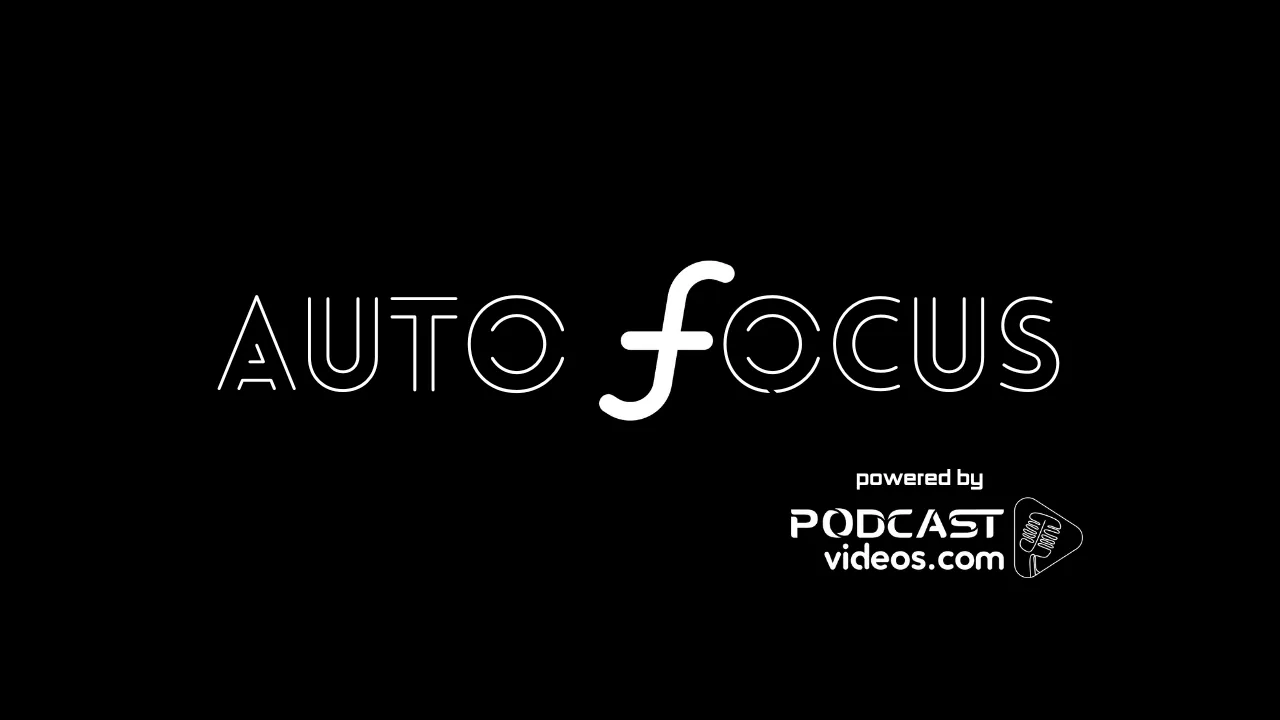Podcast chapter markers have become a key feature that enhances listener experience by allowing easy navigation within episodes. With the rise of new technologies, podcast creators and platforms are continuously innovating ways to incorporate chapters more seamlessly. Below is a detailed look into the latest updates and tools that are transforming the way chapter markers and segments are addressed in podcasts.
With the upcoming release of iOS 18, Apple Podcasts is introducing a subtle yet powerful update that will directly impact the use of chapter markers. Among the new features is the ability to see chapter points and titles simply by holding down the playback bar. This feature makes chapter markers even more essential, allowing users to navigate between segments more easily and access detailed information about the content without leaving the app.
For podcasters, this development is a signal to prioritize adding chapters to their episodes. With chapter markers now visible on a larger scale, listeners will expect well-structured episodes that allow them to skip, re-listen, or jump ahead based on their interests. Many podcast hosts already offer built-in support for adding chapter markers, but additional tools and apps are making it even simpler for creators to enhance their shows.
Several tools have emerged that cater to the growing demand for chapter markers in podcasts. These tools simplify the process, enabling even less tech-savvy creators to improve their episode structure.
One of the most popular options is Forecast, a free tool specifically designed for adding chapter markers. Developed by Marco Arment, the creator of Overcast, Forecast provides an intuitive interface where podcasters can insert chapters along with rich metadata, such as custom artwork or links for each chapter. The tool has gained widespread adoption due to its ease of use and integration with the Overcast podcast app.
Known for its advanced audio editing capabilities, Hindenburg also includes support for chapter markers. Podcasters using Hindenburg can seamlessly insert chapters while editing their audio, streamlining the production workflow. The software provides precise control over where markers are placed, along with the ability to add descriptions and timestamps. For podcasters who already use Hindenburg for production, adding chapters has become a straightforward step in the editing process.
Another dedicated tool for managing podcast chapters is Chapters, from Open Planet Software, which allows podcasters to manually input chapter markers into their episodes. Recently updated with new features and improvements, the app lets creators add timestamps, titles, images, and even URLs to each chapter. With the latest updates, Chapters now supports improved metadata organization and integration with multiple podcast platforms.
A relatively new player, Podsqueeze uses AI to generate chapter markers for podcast episodes automatically. By analyzing the episode’s content, the tool creates chapter markers and segment summaries, helping creators save time on manual editing. This innovation is particularly valuable for podcasters with long episodes or complex content that would otherwise be time-consuming to structure. Podsqueeze has gained attention for its ability to integrate with various podcasting platforms and automatically create ready-to-upload chapters.
Buzzsprout, a leading podcast hosting platform, offers built-in chapter marker functionality for all its users. Podcasters can easily add chapters during the upload process, making it accessible to a wide range of creators. Buzzsprout’s user-friendly interface ensures that even those new to podcasting can incorporate this feature into their workflow. As more podcast players support chapter markers, hosting platforms like Buzzsprout are pushing creators to adopt this feature as a best practice.
The recent launch of the Auddia AI Podcast Player, which was added to the faidr platform, is an industry-first development. It uses AI to deliver a more personalized listening experience by intelligently identifying and suggesting chapters or segments based on listener behavior. As AI technology continues to evolve, it’s likely that more platforms will adopt similar approaches, offering podcasters greater flexibility in managing chapter markers.
Podsqueeze and Auddia represent a growing trend of incorporating artificial intelligence into podcast production, offering both automatic chapter generation and enhanced listener interaction. The goal is to streamline the process for creators while making content consumption more engaging for audiences.
As more listeners embrace podcasts as a primary form of media consumption, chapter markers allow listeners to skip content they are not interested in, re-listen to key parts of an episode, or jump directly to segments that cover topics of interest. In a world where attention spans are limited, chapter markers offer a solution that enhances both discoverability and accessibility.
Podcast platforms like Apple Podcasts and Overcast, as well as smaller apps such as Pocket Casts, are increasingly emphasizing the importance of chapters. With more apps providing visible chapter markers and titles, listeners are becoming accustomed to the idea that podcasts should be well-structured, similar to how people expect chapters in books or timestamps in videos.
Moreover, chapter markers offer a practical solution for content creators who want to make their podcasts more inclusive. By using chapters, creators can enhance accessibility for listeners who may only be interested in specific topics. For example, an episode on climate change could have chapters for different sections such as “Global Warming,” “Impact on Wildlife,” and “Solutions and Innovations,” allowing listeners to engage with only the parts they care about.
With the increasing emphasis on chapters, podcast creators should adopt best practices for adding them to their episodes. According to experts in the podcasting industry, there are several key guidelines to follow:
Aim to include chapters in every episode to maintain consistency. This creates an expectation for listeners that episodes will be easily navigable.
Each chapter should have a clear, descriptive title that conveys the content of that segment. This makes it easier for listeners to decide which parts of the episode they want to engage with.
When possible, podcasters should include additional metadata with their chapters, such as links, images, or show notes. This adds value to the listener experience and can provide supplementary information about the content.
Since different podcast players handle chapter markers in slightly different ways, it’s essential for podcasters to test how their chapters appear across multiple platforms. This ensures that the content is displayed correctly and consistently for all listeners.
While it’s important to provide enough chapter markers to break up long episodes, over-segmenting can become overwhelming for listeners. Podcasters should find a balance between offering structure and allowing a natural flow to the episode.
As podcasting continues to grow as a medium, chapter markers and segments will play an increasingly important role. Apple’s iOS 18 update, combined with the emergence of AI-driven tools like Podsqueeze and Auddia, signals a broader shift towards making podcasts more interactive and user-friendly. The integration of chapters is not just a feature but a step towards a more personalized and navigable listening experience.










